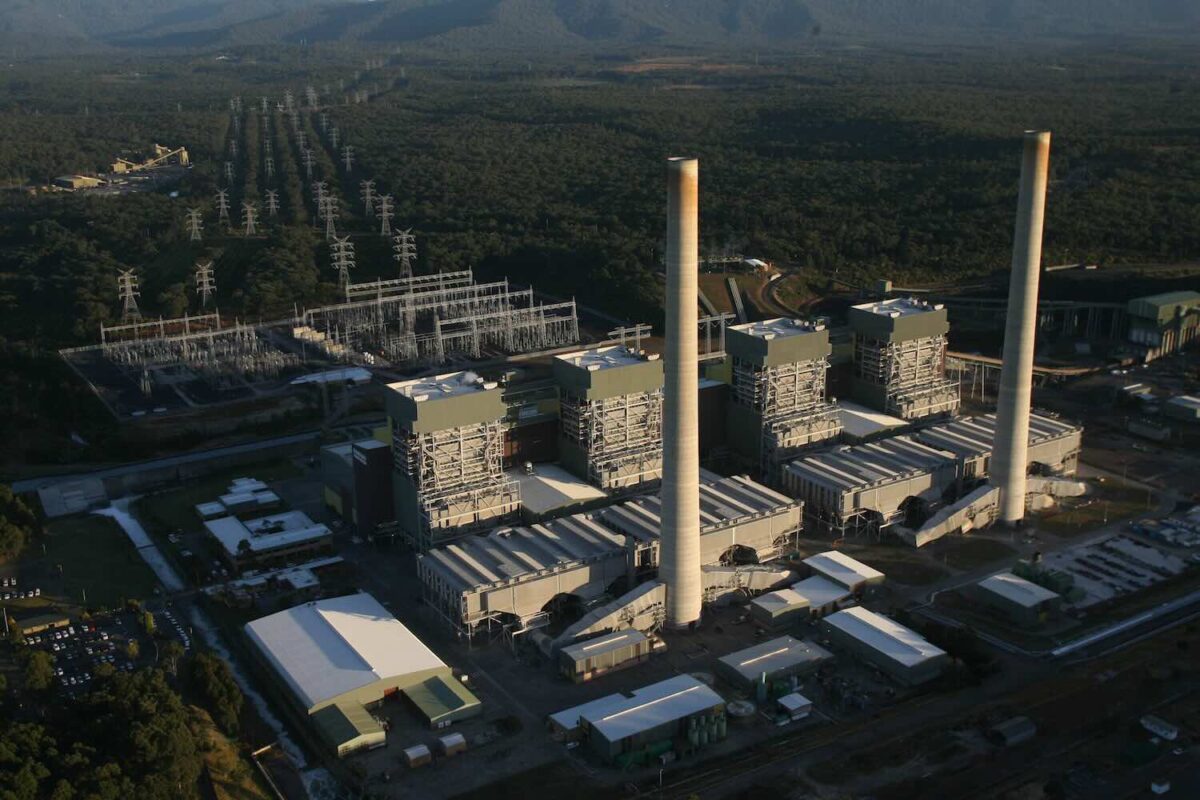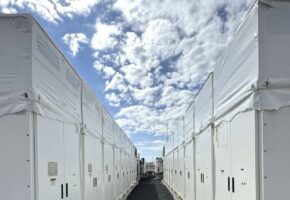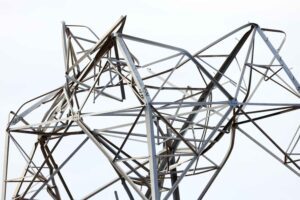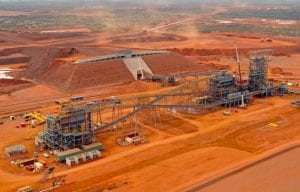The NSW Government says it has secured an agreement with Origin Energy to delay the closure of the Eraring coal fired power station until August 2027, although it may stay open until April, 2029. It had originally been schedule for closure in August, 2025.
The complex deal negotiated by the state government ensures that the closure of the country’s biggest coal generator is pushed beyond the next state election, protecting it from any price spikes caused by the closure.
The state government says there will be no upfront payment made to Origin, but the company will have the option of taking up an “underwriting arrangement” to cover losses from the Eraring operation of up to $225 million a year until mid 2027.
The deal requires Origin to only run Eraring at less than half its 2.88 gigawatt (GW) capacity – or produce a minimum of 6 terawatt hours each year, compared to its potential of 16 TWh, and the 14.8 TWh it produced in 2023.
NSW says this is enough to cover the “reliability” gap identified by the recent Australian Energy Market Operator reliability outlook. However, there is no guarantee that the coal fired power stations will be available when really needed.
The agreement announced on Thursday morning was widely expected, although it will be deeply disappointing for the energy industry which witnessed Origin Energy do nothing to fill in the supply gap from Eraring, despite announcing it more than three years ago, and the NSW government also fail to deliver the new capacity on time.
New wind and solar projects have been delayed by extended planning holdups, and the state’s proposed renewable energy zones have also been delayed. NSW and Queensland remain the states with the highest dependence of coal, the lowest share of renewables in the country, and the highest wholesale prices.
The decision, however, appears to be less about reliability and “keeping the lights on”, and more about prices. AEMO has made it clear that it has the resources to keep the lights on through emergency reserves and demand management, but the NSW government does not want price spikes in the lead up to an election.
It got a taste of what to expect earlier this month when a number of coal units were out of action. The energy market jacked up the prices to the market cap for as long as they could before an administered price cap was triggered. But the message sent by the market – still controlled by fossil fuel generators – to the government was crystal clear.
NSW energy minister Penny Sharpe, who had vowed to ensure that Eraring does not stay open for a “day longer” than it needed, described the agreement as a “proactive and sensible step” to avoid outages and rising power prices.
“NSW is stepping up the transition to cheap, clean, reliable renewable energy. But to keep the lights on and prices down, we need to make sure new renewable infrastructure and storage capacity is online before coal-fired generators reach the end of their life.
“This temporary and targeted agreement will provide financial support only if it’s needed, and only for as long as needed, during an orderly exit of coal-fired power.”
Effectively, what the underwriting agreement does is to protect Origin Energy from either rising coal prices, of falling power prices as more renewables enter the grid. If it cannot make profits from Eraring, the taxpayer will subsidise it. If it does make a profit from Eraring, it only has to share up to $40 million of those profit.
Origin also gets to choose. Each year it will be allowed to exercise the underwriting agreement or not, depending on its assessment of market prices. If it looks bad for its business, it can call on the government to give up to $225 million. If it looks good, it won’t have to exercise the “opt-in” and can keep its profits.
On top of that, Origin gets to claims up to 80 per cent of its losses – capped to $225 million – but to share just 20 per cent of its profits, capped to $40 million. The costs include maintenance on its ageing machines, and the cost of managing its already near full ash dam, one of the local community’s primary concerns.
If one of Eraring’s four units fails, and the costs of repair are more than $50 million, then the state government may have to pay for all of that, bar an initial $10 million.
It’s breathtaking, and Origin could hardly have asked for a better deal. But like the other non-government coal generators operating in Australia, it has the state government over a barrel – announcing an “early closure”, doing nothing to fill the gap, and then extracting a government subsidy or guarantee to keep it open.
The NSW government insisted it was not an example of “corporate welfare” but it clearly realises that it has been done over by a company holding all the trump cards.
“Had Eraring remained in public ownership, an agreement like this would not have been necessary,” said treasurer Daniel Mookhey.
“But the previous government’s decision to privatise the Eraring power station means entering into agreements like this in order to make sure the lights stay on as we speed up the clean energy transition. It’s more proof that privatisation doesn’t work.”
Origin, for its part, says it retains the right to determine the final timeline for retirement of all four Eraring units, although there will be no compensation payable after June 30, 2027, and it must be closed in full no later than April, 2029, to help deliver on the state government’s emissions targets.
“The extension of Eraring’s operations remains consistent with Origin’s 2030 emissions reduction targets and long-term ambition to be net zero emissions by 2050.
“We believe this agreement strikes the right balance, with an extension to operations enabling Eraring to continue supporting security of electricity supply in New South Wales through the energy transition, while making compensation available to Origin in the event economic conditions for the plant are challenging,” CEO Frank Calabria said.
“This agreement supports Eraring to continue to play an important role in maintaining reliable power for businesses and households through a period in which there remains considerable uncertainty about the volume and timing of new renewables, transmission and firming infrastructure coming online.”
The Climate Council, however, said it was not impressed.
“The science is clear: every tonne of coal burned pushes us closer to climate disaster. The latest analysis from the energy market operator shows solar, wind and storage projects in the pipeline can more than meet the electricity needs of every home and business in NSW,” the head of policy and advocacy Dr Jennifer Rayner, said.
“Keeping the coal fires burning at Eraring sends the wrong message when urgent action is needed to fight the climate crisis.
” This must never happen again – in NSW or any other state. Governments must now throw everything at accelerating the shift to renewable energy sources like wind and solar. This will create new clean energy jobs, help lower power bills and, most importantly, tackle the climate crisis.”










